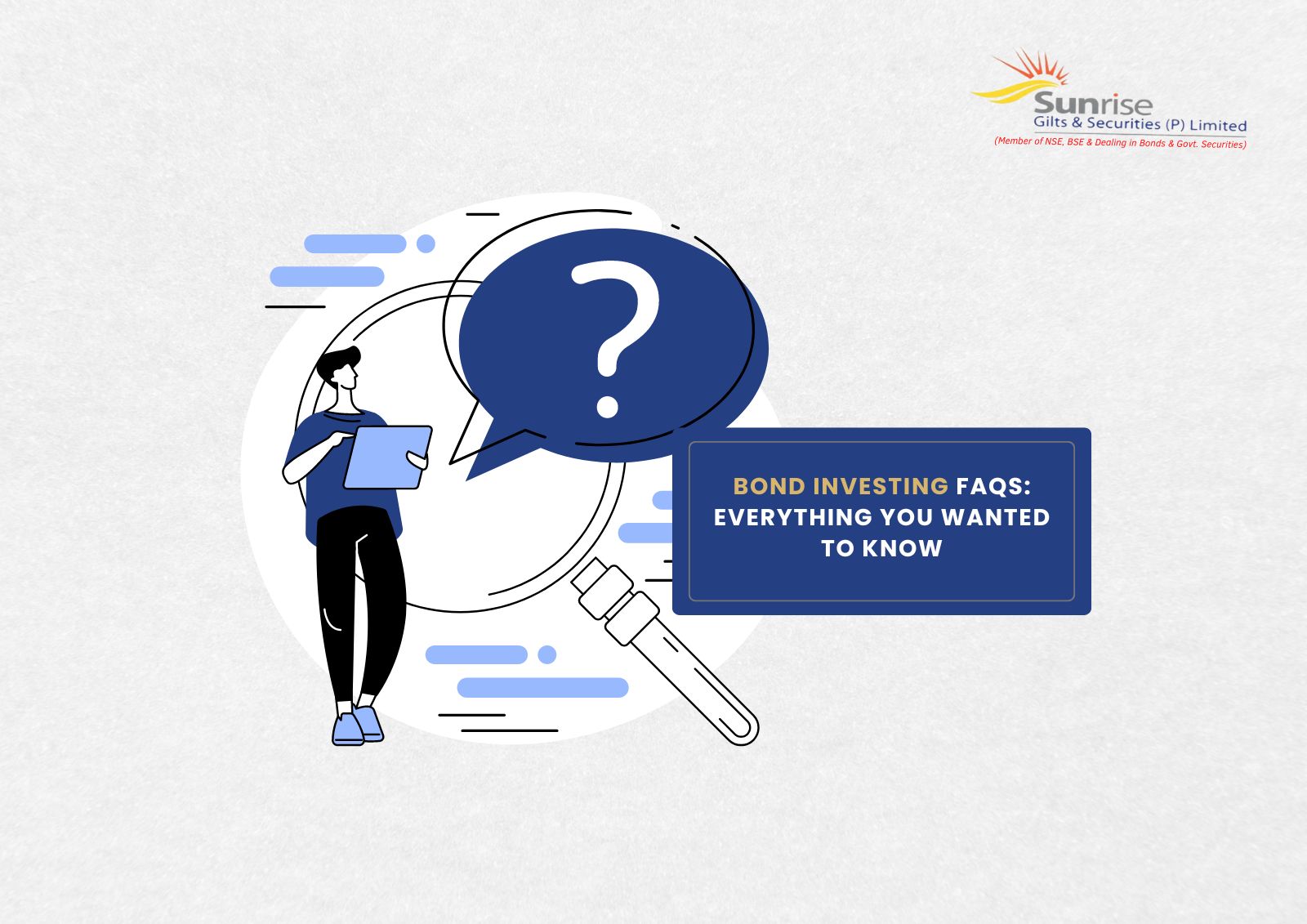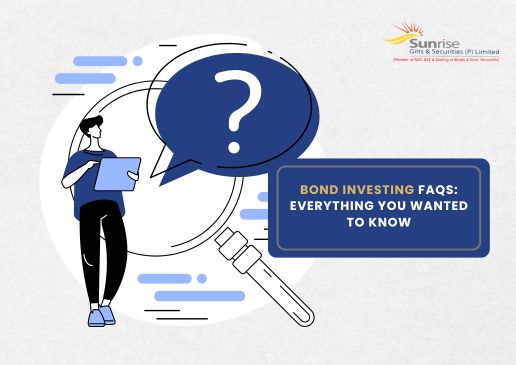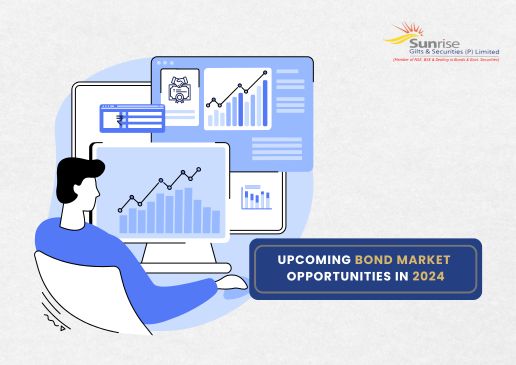
Bond Investing FAQs: Everything You Wanted to Know
Bond investing can seem complex to newcomers, but it plays a crucial role in a diversified portfolio. Here, we answer some of the most frequently asked questions about bond investing to help you better understand this asset class.
What is a Bond?
A bond is a fixed-income security representing a loan made by an investor to a borrower, typically corporate or governmental. The issuer pays periodic interest payments (coupons) and returns the principal at maturity.
How Do Bonds Work?
When you buy a bond, you are lending money to the issuer. In return, the issuer agrees to pay you interest at regular intervals and repay the principal amount (face value) when the bond matures.
What Types of Bonds Are There?
1. Government Bonds: Issued by national governments. Examples include U.S. Treasury bonds.
2. Municipal Bonds: Issued by states, cities, or local governments.
3. Corporate Bonds: Issued by companies to raise capital.
4. International Bonds: Issued by foreign governments or corporations.
5. High-Yield Bonds: Also known as junk bonds, issued by entities with lower credit ratings.
What Are the Key Components of a Bond?
1. Face Value: The principal amount of the bond.
2. Coupon Rate: The interest rate the bond issuer will pay on the face value of the bond.
3. Maturity Date: The date when the bond’s principal is repaid.
4. Issuer: The entity that issues the bond.
How Are Bond Prices Determined?
Bond prices are influenced by several factors:
1. Interest Rates: Bond prices inversely correlate with interest rates. When rates rise, bond prices fall
and vice versa.
2. Credit Quality: Higher-rated bonds typically have lower yields, while lower-rated bonds offer higher yields to compensate for increased risk.
3. Time to Maturity: Longer-term bonds usually offer higher yields to compensate for interest rate risk over time.
4. Market Demand: High demand can drive up bond prices.
What is Yield?
Investing in bonds offers several advantages over riskier assets like stocks
Yield is the return an investor can expect to earn from holding a bond. There are several types of yield:
1. Coupon Yield: Annual interest payment divided by the bond's face value.
2. Current Yield: Annual interest payment divided by the bond's current market price.
3. Yield to Maturity (YTM): The total return anticipated if the bond is held until it matures, considering all interest payments and any gain or loss if the bond was bought at a discount or premium.
What is the Yield Curve?
Why Invest in Bonds?
1. Income Generation: Bonds provide regular interest payments.
2. Capital Preservation: Bonds are generally less volatile than stocks.
3. Diversification: Adding bonds to a portfolio can reduce overall risk.
4. Tax Benefits: Municipal bonds often provide tax-free interest income.
What are the Risks of Bond Investing?
1. Interest Rate Risk: Bond prices fall when interest rates rise.
2. Credit Risk: The issuer might default on interest payments or repayment of principal.
3. Inflation Risk: Inflation can erode the purchasing power of bond interest payments.
4. Liquidity Risk: Difficulty in selling the bond before maturity without a significant price concession.
How Can I Buy Bonds?
1. Direct Purchase: Buy individual bonds through a broker.
2. Bond Funds: Invest in mutual funds or ETFs that hold a diversified portfolio of bonds.
3. Government Platforms: Purchase government bonds directly from government websites (e.g., TreasuryDirect for U.S. Treasuries).
How Should I Choose Bonds for My Portfolio?
1. Assess Risk Tolerance: Determine how much risk you are willing to take.
2. Diversify: Spread investments across different types of bonds, issuers, and maturities.
3. Consider Duration: Match bond maturities with your investment time horizon.
4. Credit Quality: Balance high-quality bonds with higher-yield options for a risk-return trade-off.
What is a Bond Rating?
Bond ratings are evaluations of the credit quality of bond issuers. Major rating agencies (e.g., Moody’s, S&P, Fitch) provide these ratings, which range from high-grade (AAA) to low-grade (D). Higher ratings indicate lower risk of default.
How Do Interest Rates Affect Bonds?
When interest rates rise, new bonds are issued with higher yields, making existing bonds with lower yields less attractive. This causes the prices of existing bonds to drop. Conversely, when interest rates fall, existing bonds with higher yields become more valuable, and their prices increase.
Can Bonds Lose Value?
Yes, bonds can lose value if interest rates rise, the issuer's credit rating is downgraded, or if there is a lack of liquidity in the market. Additionally, selling a bond before maturity might result in a loss if the bond's price has fallen.Conclusion
Understanding the fundamentals of bond investing, including types, risks, and strategies, can help you build a more resilient investment portfolio. Bonds offer a blend of income, safety, and diversification, making them a valuable component for both conservative and growth-oriented investors. Stay informed and consider professional advice to navigate the bond market effectively.

















